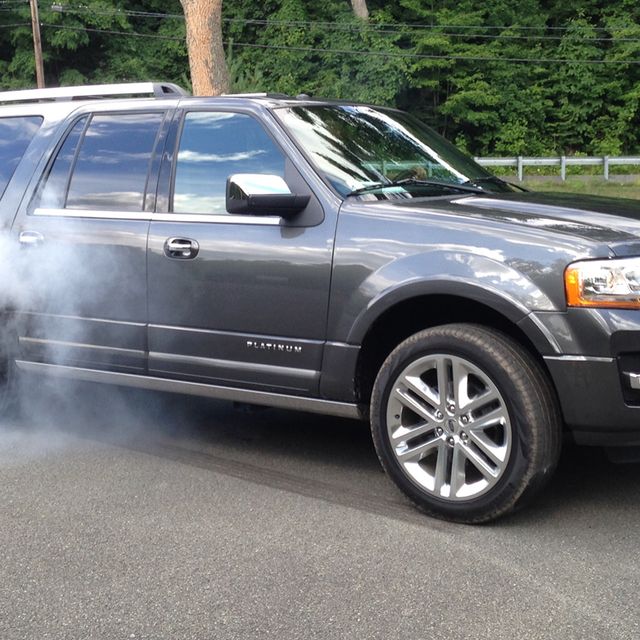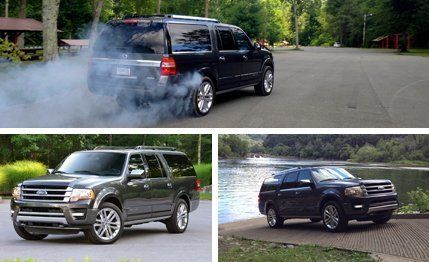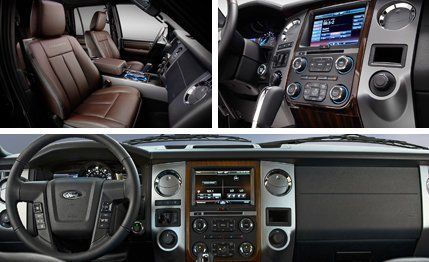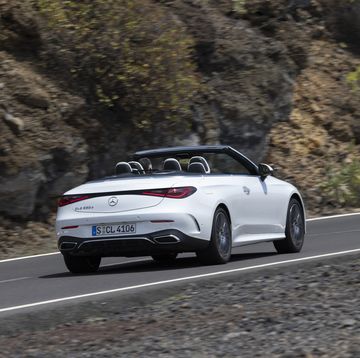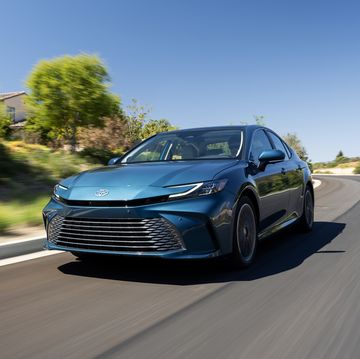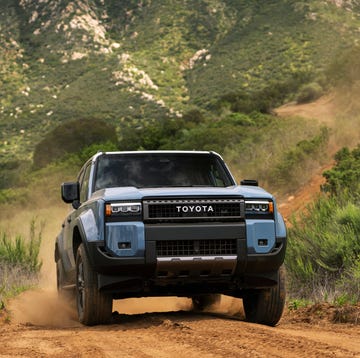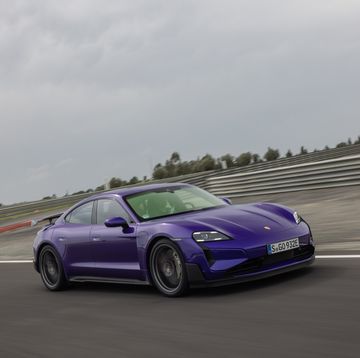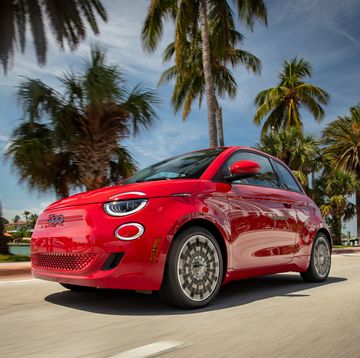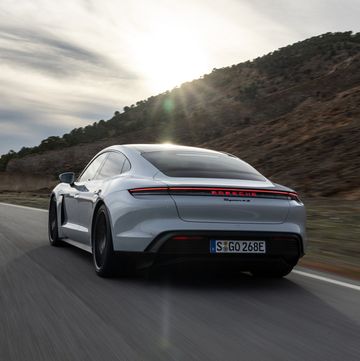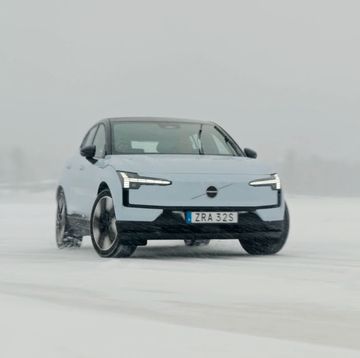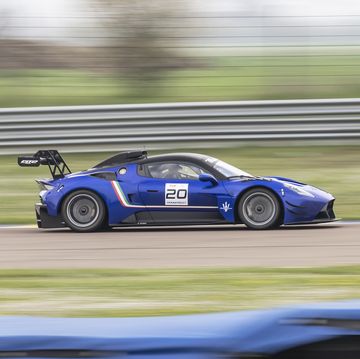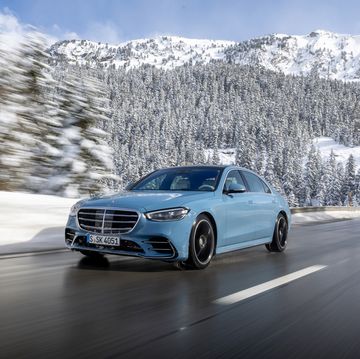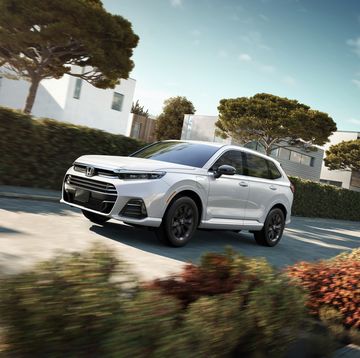Back in the late twentieth century, when it seemed the whole country was going nuts for full-size SUVs, Ford’s Expedition was a somewhat ubiquitous fixture on the Suburban (see what we did there?) landscape. But as fuel prices went up and the economy down, consumers began sidestepping—in droves—body-on-frame SUVs in the showroom. By the maker’s own admission, sales dipped by 40 percent from 2008 to 2009 (remember Cash for Clunkers?). Essentially unchanged since its 2007 makeover, the Expedition soldiered on dutifully and sales eventually stabilized, Ford peddling 38,000 Expeditions in 2012 and 2013. While the current refresh builds on those same seven-year-old, third-generation bones, it does bring two major changes to the table for 2015: The 3.5-liter EcoBoost V-6 (borrowed from the outgoing F-150) is the only available engine, and a continuously controlled damping suspension (borrowed from Lincoln) is optional.
Hitting the Refresh Button
In terms of exterior styling, the refresh hits all the usual marks: Both the front and rear fascias are updated, the front end now with sleeker-looking headlamp bezels that merge into a minimalist three-bar chrome grille. Changes out back are limited to a new liftgate and exhaust tips. Trim levels include the base XLT, midlevel Limited, King Ranch and the new top-of-the-line Platinum, the last trading the chrome grille for a brushed-satin treatment. Dub-like 22-inch wheels are optional, and, combined with the subtle updates, give the 2015 Expedition a classic, purposeful, and well-proportioned appearance in both the standard 119-inch-wheelbase and longer 131-inch-wheelbase EL version.
The new Expedition’s interior also got a once-over, resulting in a fresh instrument-panel design with dual configurable 4.2-inch screens in the cluster and an optional eight-inch touch screen for MyFord Touch and Sync in the center stack. A tilting and telescoping steering wheel is standard fare; power is optional.
Aesthetics aside, the biggest surprise is how well the 3.5-liter EcoBoost engine hauls around the new Expedition. Rated at 365 horsepower and 420 lb-ft of torque, the twin-turbo V-6 makes mincemeat out of the outgoing model’s 5.4-liter V-8 and its 310 ponies and 365 lb-ft of grunt. That’s an improvement of 55 horsepower and 55 lb-ft. Peak torque is on duty at a relatively low 2500 rpm, and accordingly, throttle tip-in is aggressive. Switch off the traction control and get a little randy with the accelerator, and the Expedition will gladly do its best impersonation of an NHRA dragster staging for a quarter-mile run. Treat the big Ford with respect and it will return the favor, providing quiet, tractable power almost entirely devoid of the characteristic turbo whine of the V-6 EcoBoost in its F-150 application.
Ford tells us that the six-speed automatic has been calibrated specifically for Expedition duty, and we have no reason to doubt them. Gears swap with near-transparent precision, and that includes hard, manual downshifts selected to call up engine braking on steep downgrades. Fuel-economy numbers aren’t available yet, but Ford expects a 15-percent improvement over the 13-mpg city/18-mpg highway EPA rating of the outgoing V-8–powered Expedition 4x4. Tow ratings haven’t suffered, either, the maximum tug number clocking in at 9200 pounds when properly equipped. (Factory-installed trailer-brake control is available.)
Easy-E
The decision to team the continuously controlled damping (CDD) system with the Expedition’s existing independent rear suspension was an inspired one. (GM’s Chevy Tahoe and GMC Yukon near-twins still run live axles out back.) Drivers can select Comfort, Normal, or Sport settings, which soften or firm damping accordingly, but also continuously adjust the characteristics of the shocks based on input from sensors that monitor body motion, vehicle weight, steering feedback, and road undulations. The results are tangible, and in Comfort mode, the Expedition’s ride is about as plush as that of any full-size SUV we’ve sampled to date.
Steering commands are electrically boosted—light enough around town to spin with a single hand, and the wheel weights up nicely on the highway, requiring little correction to maintain course. Although linear, it’s not communicative as the tires load up in the twisties. The brakes bite early and pedal travel is short—the binders never wavered in their mission to slow the Expedition, even on the long, steep downhill grades of the West Virginia mountains where we drove the SUV. Dynamically, the Expedition performs the not-unremarkable feat of feeling much smaller than its 17.2-foot length (18.4 in the EL) would suggest.
We were also impressed by the quiet passenger compartment, which benefits from a host of noise-eradicating measures, including an acoustic-laminated windshield and new sound damping materials in the cabin pillars, center console, and headliner, as well as new carpeting with enhanced noise-canceling properties. Combined with a comfortable driving position and fully functional third-row seat that’s comfortable enough for actual adults and folds as flat as a billiard table, the 2015 Expedition interior makes the most of its voluminous cabin (maximum cargo volume behind the first-row seats is 108.3 cubic feet, 130.8 for the EL version).
After years of living in the shadow of GM’s fleet of body-on-frame SUVs the Expedition is quietly reasserting itself not only as a rival, but also as a true contender for the domestic full-size-SUV crown. If your vehicular needs include loads of interior space and towing capability in a traditional SUV package, the rebooted and EcoBoosted Expedition deserves a serious look.
Specifications

Andrew Wendler brings decades of wrenching, writing, and editorial experience with numerous outlets to Car and Driver. His work has appeared in numerous publications, including Car and Driver, Esquire, Forbes, Hot Rod, Motor Trend, MPH, MSN, and Popular Mechanics, among others. A Rust Belt native and tireless supporter of the region, he grew up immersed in automotive, marine, and aviation culture. A lifetime of hands-on experience and a healthy dose of skepticism provide him the tools to deliver honest and informative news, reviews, and editorial perspective. Of note, he once won a $5 bet by walking the entire length of the elevated People Mover up track that encircles downtown Detroit.
